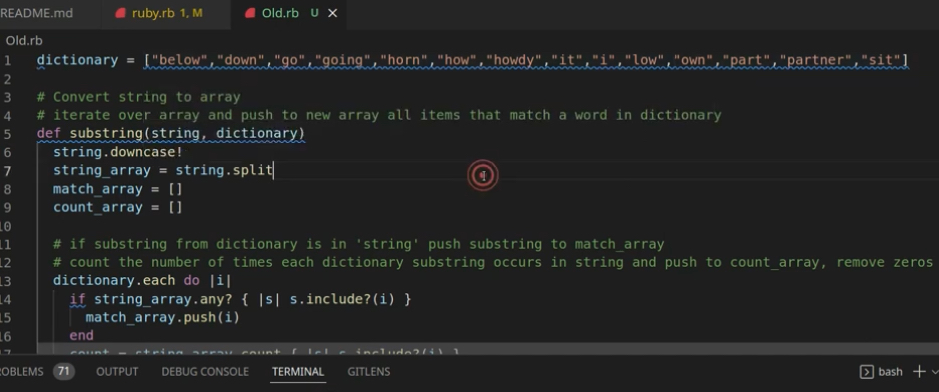In the realm of Object-Oriented Programming with Ruby, the Set class embodies an efficient way to manage collections of unique items. Unlike arrays, sets are designed to ensure element uniqueness and offer remarkable speed for certain operations, making them a strategic choice for data handling.
Ruby Set Fundamentals
A Ruby Set is a collection that mirrors the functionality of arrays but with two distinct advantages: the guarantee of element uniqueness and significantly faster performance for lookup operations. Here’s a basic example to illustrate the creation and utilization of a set:
| require ‘set’inventory = Set.newinventory << “apple”inventory << “apple”inventory << “orange”puts inventory.inspect# => #<Set: {“apple”, “orange”}> |
Distinguishing Sets from Arrays
The primary difference between a set and an array in Ruby lies in the direct access to elements. Sets do not support direct indexing, which is a trade-off for their ability to ensure uniqueness and offer rapid lookups:
| inventory[0]# => NoMethodError: undefined method `[]’ for #<Set: {…}> |
However, a set can be seamlessly converted into an array with to_a when needed.
Performance Comparison: Set vs. Array
A benchmark comparison highlights the efficiency of sets over arrays, especially for the include? method, which checks for the presence of an element within the collection. Sets perform this operation in constant time, regardless of size, unlike arrays, which may require linear time as they grow larger.
Key Ruby Set Operations and Methods
Sets support a variety of operations that are familiar to those with a background in mathematics, including union, difference, and intersection. These operations allow for flexible manipulation of set elements, catering to a broad range of use cases:
- Union (|): Merges two sets, eliminating duplicates;
- Difference (-): Removes elements of one set from another;
- Intersection (&): Finds common elements between two sets.
| a = Set.new([1, 2, 3])b = Set.new([3, 4, 5])a | b # => #<Set: {1, 2, 3, 4, 5}> |
Employing Sorted Sets for Ordered Collections
For applications requiring maintained order, Ruby offers the SortedSet class, ensuring that elements are automatically ordered upon insertion. This feature requires that elements are comparable and implement the <=> method.
| require ‘set’sorted_inventory = SortedSet.newsorted_inventory << “banana”sorted_inventory << “apple”puts sorted_inventory.inspect# => #<SortedSet: {“apple”, “banana”}> |
Comparison Table
| Operation | Description | Set Example | Resulting Set |
|---|---|---|---|
| Union | Combines unique elements of two sets. | `a | b` |
| Difference | Subtracts elements of one set from another. | a – b | Elements in a not in b |
| Intersection | Finds common elements between two sets. | a & b | Common elements of a and b |
Video Guide
To answer all your questions, we have prepared a video for you. Enjoy watching it!
Summary
Ruby Sets offer a powerful, efficient alternative to arrays for managing collections of unique items. By understanding and applying sets within Ruby applications, developers can achieve faster data processing and simpler code, particularly when dealing with large datasets or requiring operations like union, difference, and intersection. Embrace the power of sets to enhance the performance and clarity of your Ruby code.


